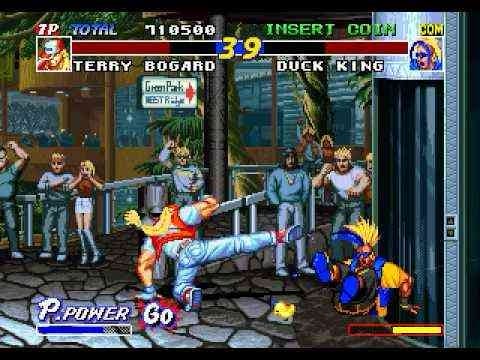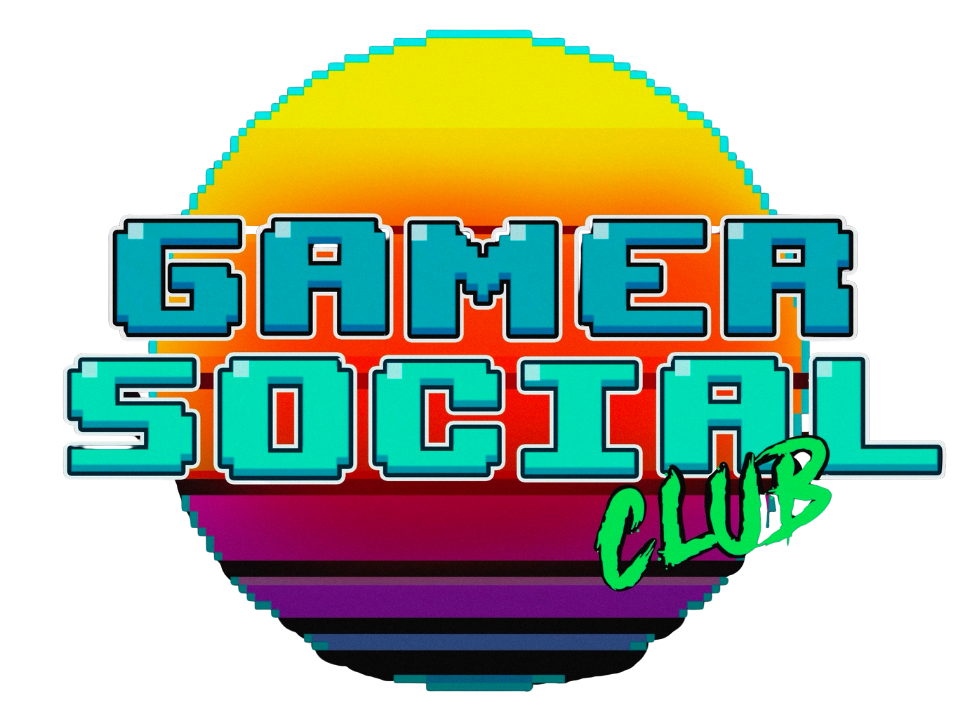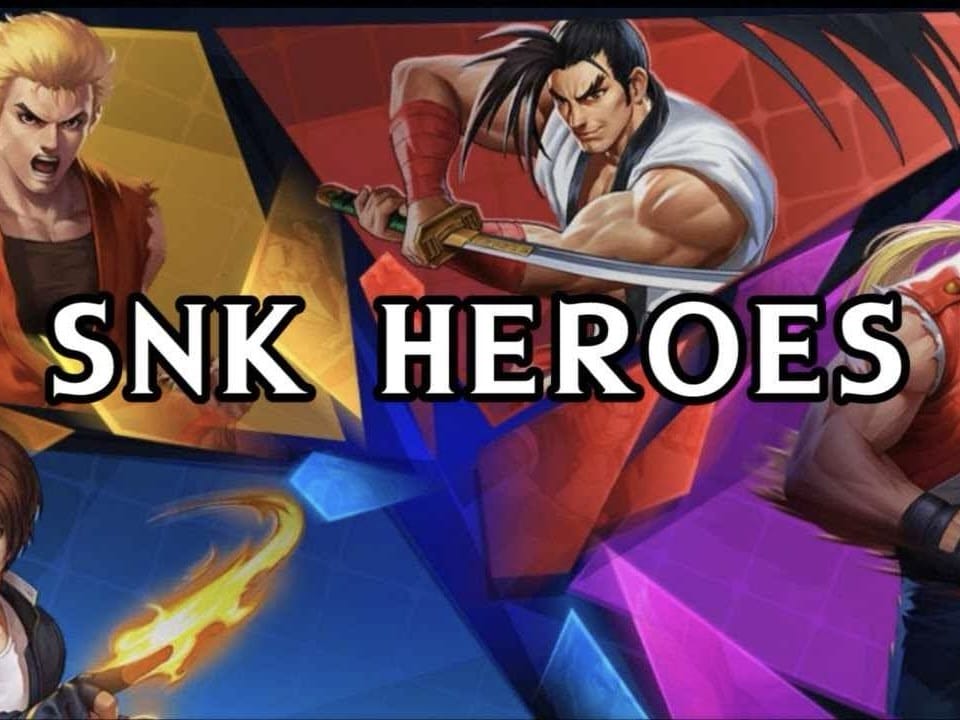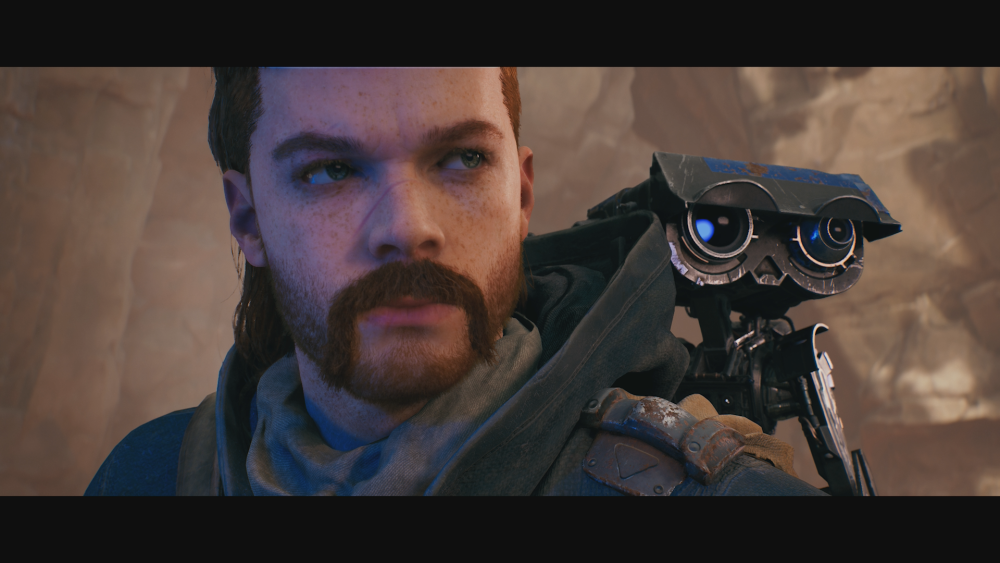As Fatal Fury : City of the Wolves draws near, there’s a good amount of excitement surrounding it from fighting game die-hards. Not only is it the first Fatal Fury in 26 years, but it’s also a follow up to Garou : Mark of the Wolves which is considered SNK’S best fighting game by some fans.
That’s saying quite a lot as SNK has put out a lot of great fighting games and while they never quite reached the mainstream worldwide success of Street Fighter, Mortal Kombat or Tekken, the games they’ve put out are just as influential as those franchises, if not more.
Many other fighting games have taken inspiration from SNK fighters, particularly the Fatal Fury and King of Fighters franchises, with some developers such as Masahiro Sakurai, the creator of the Super Smash Bros franchise outright admitting how much SNK fighting games influenced his design choices.
I think 4 of their franchises in particular had an impact in ways some may not even realize. Whether they created things that became common place or created systems that led to iconic moments in other fighting games. Let’s take a look back over SNK’s history.
Fatal Fury
Debuting in 1991, the same year as the legendary Street Fighter II, Fatal Fury:King of Fighters was actually helmed by the creator of the first Street Fighter game Takashi Nishiyama. The game was a strong competitor for Street Fighter II and set itself apart for 2 main reasons.
Fatal Fury had a combo system with more depth than Street Fighter II did at the time, a system that may have developed later Capcom fighting games such as their marvel fighting games which featured flashier and more detailed combo systems. More noticeable however was Fatal Fury’s two lane system. Characters could jump in and out of the backgrounds in Fatal Fury.

Although not directly stated, it is possible that this kind of system impacted the development of 3D fighting games as well as platform fighters like Super Smash Bros.
As the franchise went on, Fatal Fury would experiment with systems such as ring outs but handle them in a way that was different from 3D fighters as you would break the boundaries of a stage to cause them. Breaking stage boundaries was a system later seen in Series like Dead or Alive and Guilty Gear.
SNK would develop other franchises and Fatal Fury would eventually go on hiatus after 1999 until City of the wolves was announced. Throughout the 90s their series were plentiful with the next beginning in 1992.
Art of Fighting
Art of Fighting followed soon after Fatal Fury and its history and influence is a bit unique. From a gameplay standpoint, Art of Fighting didn’t really set any Standards and was actually not as critically well received as other franchises at the time.
However, it was acknowledged for how it pushed fighting games forward on a graphical level. Art of Fighting featured excellent sprite work for its time and was the first fighting game to have visual work such as characters scaling as they moved further along the stage. Characters would also show damage as the fight went on.

Art of Fighting did also have a couple of important gameplay additions such as separate meters for special moves and it was also the first fighting game to feature super moves, something that wouldn’t become standard in fighting games until a couple years later.
Also worth noting, Art of fighting was the first fighting game to try and have a focus on a coherent story, something that Mortal Kombat would become lauded in its recent years.
Art of Fighting never did quite reach the heights of SNK’s other series and it hasn’t had a release since 1996. However that’s changing as SNK has a new in development. Following Art of fighting would come a series that is perhaps responsible for some of the most iconic moments in fighting games.
Samurai Shodown.
Known as Samurai Spirits in Japan, Samurai Shodown immediately set itself apart for an obvious reason. It was the earliest fighting game franchise to be exclusively focused on weapon combat instead of a type of martial art. Gameplay wise, the series set itself apart from other games at the time as it didn’t really focus on a combo system. Samurai showdown focused on picking your opponent apart with quick and precise powerful normals and attacks typically couldn’t be comboed into special moves.
Much like Art of Fighting before it, Samurai Shodown also contributed some notable cinematic elements, such as the use of slow motion to emphasize the damage when a massive sword slice would land. It was also one of the earliest fighters outside Mortal Kombat to feature blood
Samurai Shodown 2 however would introduce some very important contributions to the genre. It featured expanded movement options and used movement for defense such as being able to roll and jump over lower hitting attacks. Most importantly, it was also the first fighter to introduce a parry system.

The influence of this mechanic can’t be stated enough as it would become a staple in various fighters such as soul calibur, Tekken and most famously Street Fighter III: Third Strike and is also recently used in Street Fighter 6. For those unaware, Third Strike became known for “Evo moment 37” in which Fighting game legend Diago Umehara pulled off a miraculous comeback by consecutively parrying 15 attacks from Justin Wong then scoring the kill. Had Samurai Shodown not introduced this mechanic, who knows if this moment may have happened.
Much like other franchises, Samurai Shodown would go on hiatus after 2008, although a well received reboot was released in 2019. Afterwards however SNK would develop the series that would serve as their flagship fighter.
The King of Fighters.
The King of Fighters was released in 1994 and has since largely served as SNK’S flagship as its had 15 entries since its introduction and even had a yearly release schedule for some time. The franchise is notable for being the pioneer of 3 on 3 fighters as opposed to just being one on one.
This is clearly notable as the iconic Marvel vs Capcom franchise would follow suit a couple years later beginning with X-Men vs street fighter. Perhaps also influencing Capcom’s Marvel fighting games as well as Super Smash Bros., King of Fighters was also notable for being the first crossover fighting game as it featured characters from both the Fatal Fury and Art of fighting franchises on top of original characters.

The King of Fighters also became known for establishing a fast and aggressive pace in fighting games not quite seen at the time. This would become the standard for team based fighters to come such as Marvel vs Capcom as well as other team fighters like Dragonball Fighterz.
It’s also known for trying to innovative with each iteration, constantly coming up with new ways to attack ranging from the pow gauge which allows characters to charge up and unleash more devastating moves and some entries experimenting with a 4 character system where one would be used for support only.
King of Fighters as a franchise is still going strong and it’s likely another entry will come once City of the Wolves and Art of Fighting are all wrapped up. That is assuming a potential Capcom vs SNK 3 doesn’t happen as both Capcom and SNK have been collaborating with each other with their characters appearing in Street Fighter 6 and City of the Wolves respectively.
That’s the past but the future?
Well much like fighting games in general these days, the future looks good for SNK while not breaking records, their games are performing well and they always seem to have a new fighting game in development. Who knows, maybe one of their franchises I didn’t cover such as King of the Monsters or The last blade could get a revival next. For now we’ll just see how City of the Wolves looks when it launches on April 24th of this year.




